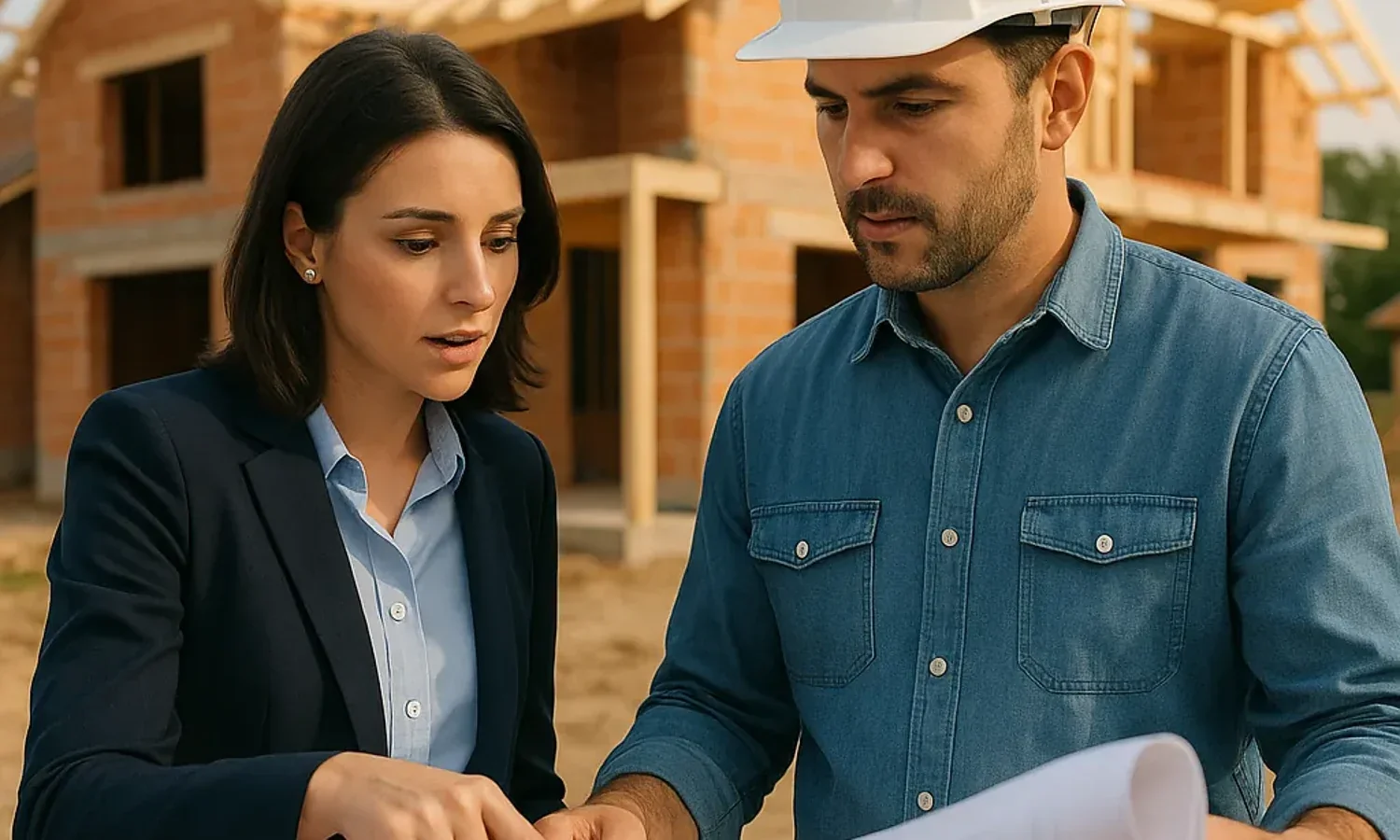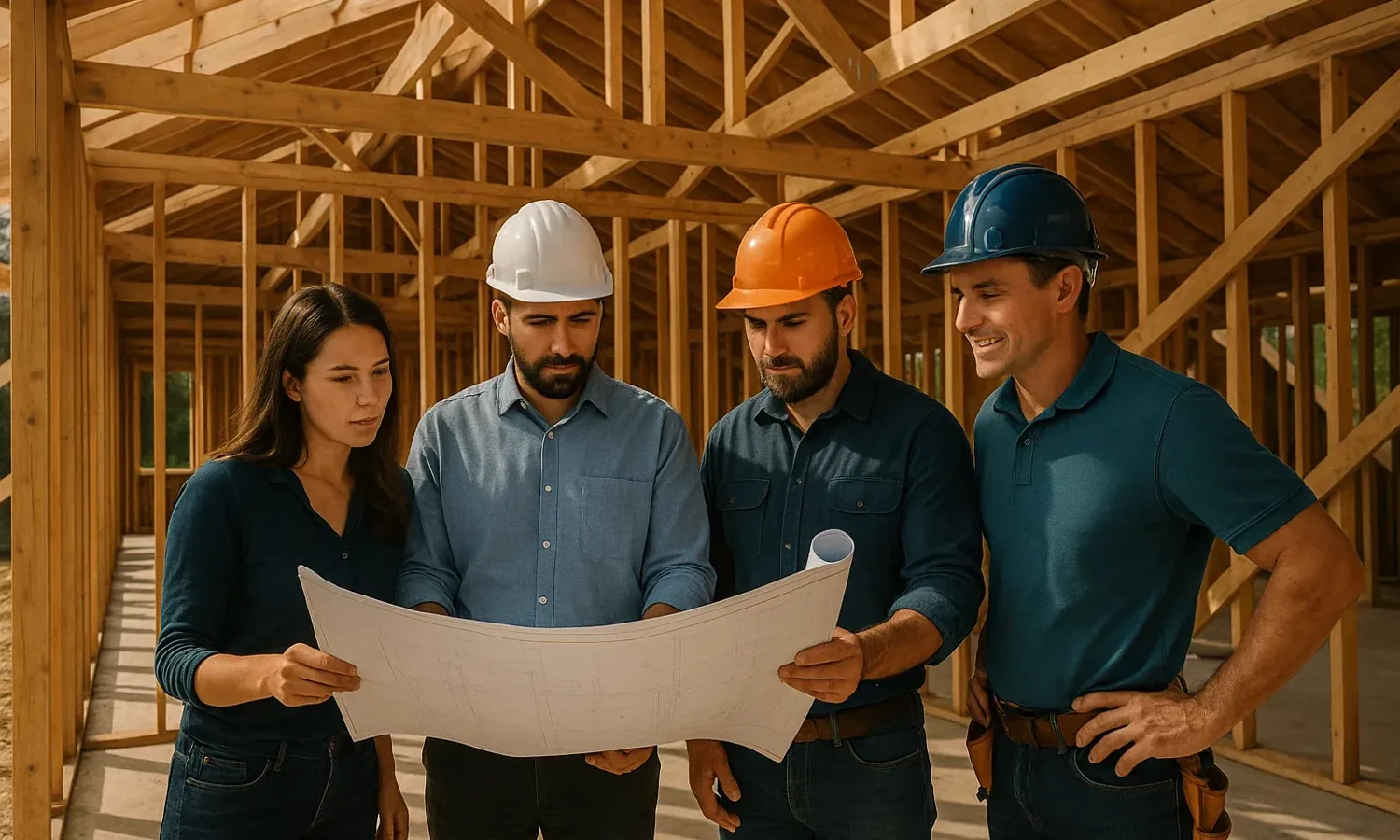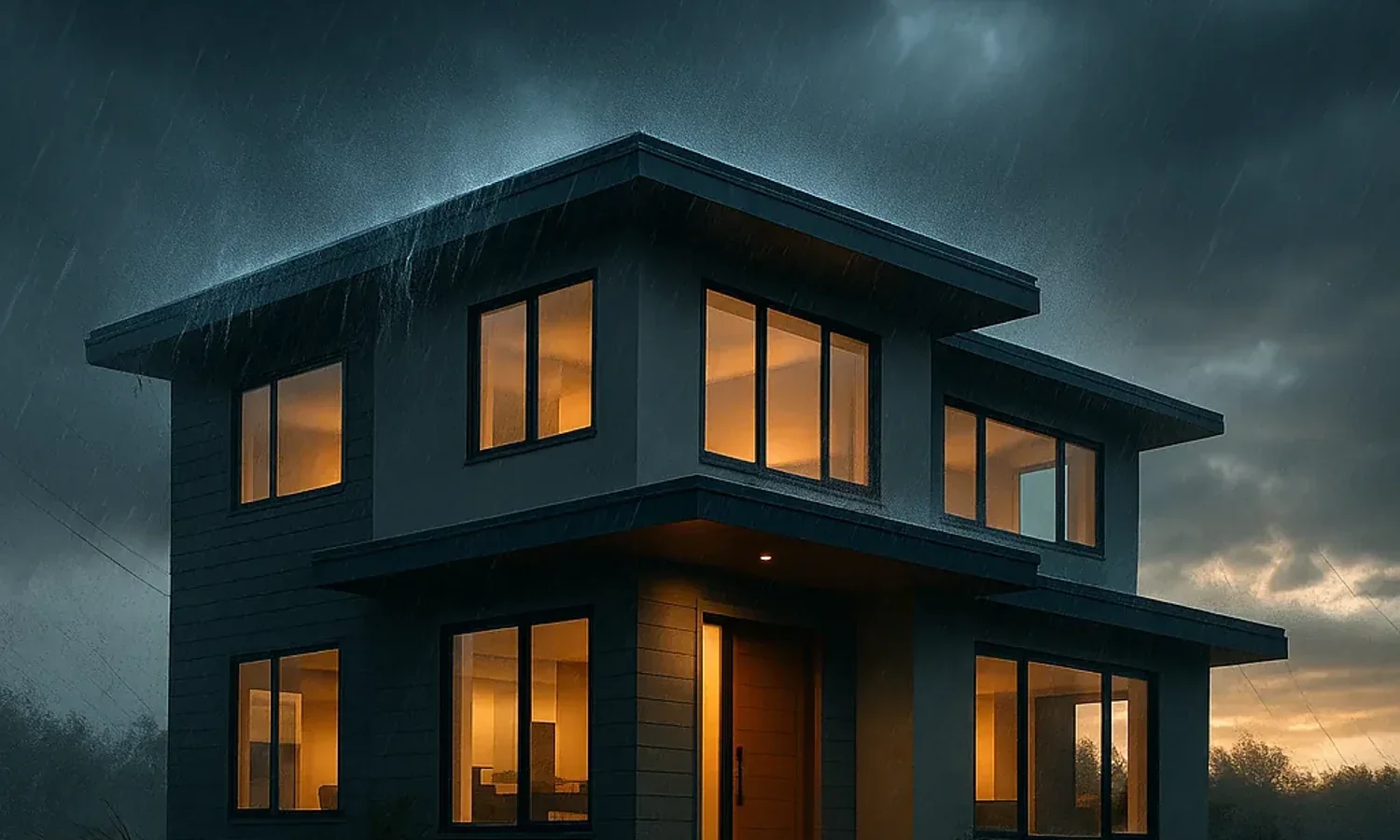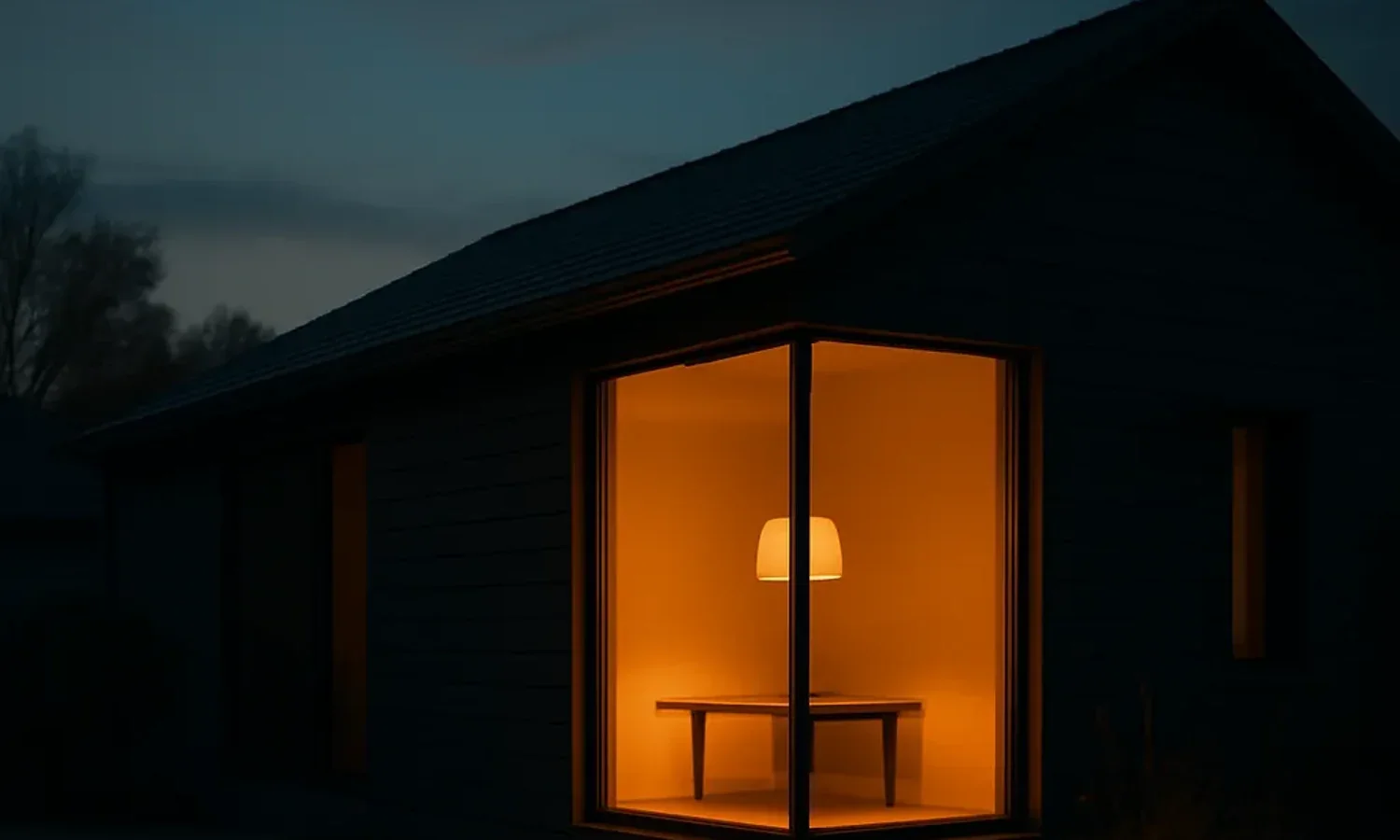Bridging the Build
I wrote this series after years of standing between two rooms, one filled with engineers, the other with commercial leaders. Both were building something remarkable, but often speaking past each other. Each side believed the other didn’t understand what mattered most. In truth, they were solving the same problem from opposite directions.
Building a House is my attempt to show that shared foundation. It’s a reflection on how products and businesses grow in the same way: one layer at a time, in sequence, through collaboration, respect, and realism.
This series isn’t about management frameworks or theory, it’s about the craft of building. About the balance between vision and patience. About learning that discipline and creativity are not opposites but partners.
My hope is that engineers, operators, and commercial builders alike will see a bit of themselves in these pages and find new appreciation for the people working on the other side of the wall. Because in the end, we’re all building the same house.
Prologue: The House We’re Building
Every startup begins with a sketch - a napkin drawing, a spark of conviction before clarity.
This post explores how builders, whether engineers or executives, transform ideas into structure and conviction into alignment. Because building a product and building a business follow the same blueprint: order, patience, and purpose.
Introduction: The Meeting That No One Heard
In every startup, there’s a moment when smart people stop listening to each other. Engineers talk in proofs; business leaders talk in projections - and both are right, but incomplete.
This post explores what happens when design and demand finally meet, and how startups can bridge the gap between precision and persuasion. Because the build only stands when everyone’s listening.
Chapter 1: The Discipline of Discovery
This post explores how great builders and founders “survey the land” before they start: learning the terrain, testing assumptions, and building the discipline to turn clarity into confidence. Because in startups, as in construction, the ground you build on decides everything that follows.
Chapter 2: The Weight Beneath the Walls
Every builder knows: the deeper you dig early, the higher you can build later.
This post explores how strong startups, like strong structures, depend on foundations built with clarity, cadence, and control. From cash flow to culture, this chapter unpacks how stability creates the freedom to grow - and why the best systems are the ones you no longer notice.
Chapter 3: The Architecture of Alignment
Once the foundation sets, the quiet turns to motion.
This post explores how structure transforms vision into execution: defining roles, aligning goals, and balancing cash flow. Because in every startup, framing isn’t just about speed, it’s about strength, building the thing that builds.
Chapter 4: The Architecture of Flow
Once the frame stands, the work shifts from structure to systems.
This post explores how great companies build internal wiring - connecting cash, processes, and people so energy flows efficiently through the organization. Because in startups, what you can’t see is often what decides whether the whole thing works.
Chapter 5: The Discipline of Finish
When the noise fades and the walls close, the small work begins — the work that defines how it all feels.
This post explores how the final ten percent of care — precision, polish, and pride — transforms a working company into a lasting one. Because finishing isn’t just an end; it’s how culture becomes visible.
Chapter 6 — The Architecture of Stewardship
When the dust settles and the tools are packed away, what remains is rhythm.
This post explores how founders transition from chaos to consistency - from building to living. Because leadership doesn’t end when the house stands; it begins when people move in.
Chapter 7: The Architecture of Expansion
Every house eventually feels smaller than it once did.
In business, that moment comes when growth outpaces structure.
This post explores how to scale without breaking what works — by renovating before expanding, honoring what’s load-bearing, and leading through the dust of change. Because evolution, done right, feels natural, not forced.
Chapter 8: The Architecture of Influence
No house stands alone, and neither does a company.
This post explores how thriving ecosystems, like good neighborhoods, are built on respect, boundaries, and collaboration. Because lasting success isn’t about being the biggest house on the street, it’s about being the one that makes the street better.
Chapter 9: The Architecture of Resilience
No matter how well it’s built, every house gets tested.
This post explores how businesses endure storms — not through resistance, but through recovery. Because resilience isn’t about avoiding damage; it’s about standing strong enough to rebuild when it comes.
Chapter 10: The Architecture of Understanding
Every house ends up divided, not by walls, but by purpose.
This post explores the bridge between rooms — how startups unite different disciplines through understanding, respect, and process. Because building something that lasts isn’t about choosing sides, it’s about connecting them.
Epilogue: The Architecture of Legacy
When the tools go quiet and the dust settles, what remains isn’t just the structure — it’s the meaning.
This closing chapter explores the architecture of legacy: what stands, what matters, and what continues long after the builder has moved on.















